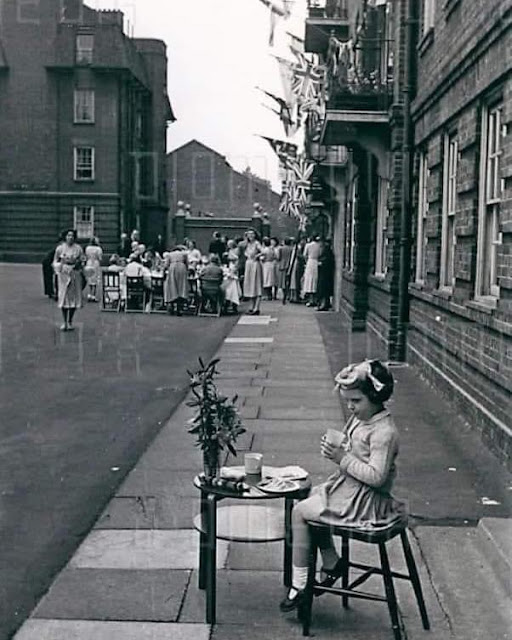Punjabi and Romanian
It may come as a surprise to many, but Punjabi has in its vocabulary over 2000 words which are nearly identical to Romanian. While many will simply attribute to this to both languages being being part the Indo-European group of languages, the relationship is far deeper and more interesting than this. The earliest clue that we have to work with actually comes from Greek Historian Herodotus, who stated that the only people nearly as numerous than the Indians were the Thracians. The Thracians just like the Indo-Aryans of North India had numerous tribes, and one these tribes settled Romania. Yet, a similar or related tribe also settled in the Punjab region of India in prehistory. The idea did not seem far fetched to Ancient Greek historian Strabo. He would accidentally make a connection between the term, “Massagetae”, from the Pahlavi Language of Ancient Iran, and realize that it meant “Great Getae People”, even today with a little bit of understanding of Modern Punjabi we can understand that “Getae”, is actually referring to the Jat people of Punjab. To Strabo the Getae people were scattered in the modern area of Romania and throughout parts of Eurasia and in India. Their language was similar and in many cases nearly identical to the Gatae people in India. The connection he made was remarkable, though future historians would make little use of it. As time went on the idea of a connection of Punjab with far off Romania was lost in time.
In 1846, the *Ecclesiastical History of Philostorgius*, by E. Walford, would be written as a translation for the original work* Evagrius Scholasticus, *from the 6th century A.D. The translation would illustrate not only the basis of much of European civilization and human civilization but also the linguistic similarity which was noted in the Thracian tribes which had extended for a span of thousands of miles in Eurasia. It was clear from this ancient work that this had indeed once been common knowledge in the Ancient World. The language we now know as Romanian had existed in a different form before Latin, and its similarity with not only Punjabi but with Sanskrit could be noted even in its changed modern form. Comparative studies were done and for many linguistics a theoretically created Proto Indo-European Language which which existed in prehistory and had been a common source for Sanskrit, Romanian and Punjabi was reason enough for this. The theory also stipulated that in time and specific only to North India, Sanskrit evolved into in the provincial languages of all of North India while European languages evolved separately. Yet, this did not make sense when Romanian, Punjabi and Sanskrit are compared on a vocabulary basis. Romanian simply has words it is vocabulary which are not explained by the accepted theoretical branching or origin of the Indo-European family of languages, as too much of its vocabulary is too close to modern Punjabi and Sanskrit.
A language comparison would be done by Dr. Lucian Losif Cuesdean who spent 20 years researching this. Below are some comparisons:
* Romanian numerals: unu, doi, trei, patru, cinci, șase, șapte…100 = suta
* Sanskrit numerals: ekha, dvi, tri, catavari, panca, sas, saptan…100 = shatum
* then Romanian Sanskrit: acasă - acasha (at home), acu - acu (now), lup - lup ( wolf), a iubi (considered of slave origin) - iub (love), frate - vrate (brother), cameră - camera (room), limbă - lamba (tongue), nepot - napat (nephew), mândru - mandra (proud), luptă - lupta (fight), pandur - pandur (infanterist), nevastă - navasti (wife), prieten - prietema (friend), prânz - prans (lunch time), Rumân - Ramana (Romanian), săptămână - saptnahan (week), struguri - strughuri (grapes), vale - vale (valley), vădana - vadana (widow), a zâmbi - dzambaiami (to smile), umbră - dumbra (shadow), om - om (man-kind), dușman - dusman (enemy), a învăța - invati (to study), a crăpa - crapaiami (to break something), naiba - naiba (evil), apă - apa (water), and not AQUA like in Latin. It looks like “aqua” came from “apă” and not the other way around… and so on for more than thousand situations… (Lucian Iosif Cueșdean,Romanian Language Does Not Come From Rome.)
Romanian and Punjabi:
BĂIAT (BET, in Punjabi), SEACĂ (SUKKA, in Punjabi), USCA (SUKKA, in Punjabi), JUNE (JUAN, in Punjabi), PANDUR (PANDERU, in Punjabi), NUNTĂ (NEUNDA, in Punjabi), MĂLAI-et (păstos, i.e. paste, in English), făină de MĂLAI, de mă-MĂLI-gă păstoasă, MĂLAI (MĂLAI, pastă mălăiață, cremă, înghețată, in Punjabi), etc. Mălăieț, mămăligă, mălai. These words all have the same meanings.
As can be seen the similarity defies the supposed split in the Indo-European family is defined as the Centum/Shatum split due to different vocabularies being present indicative by how the number 100 is formed linguistically. With the Eastern branch defined as Shatum, and the Western Branch by Centum. Romanian while following into the Centum Branch, shares far too much vocabulary with the Indo-Aryan branch of the Shatum split. On a personal note, back when D.N.A. testing started back around the year 2000, I had my D.N.A. tested and the result came back as North Indian Punjabi, with also a marker for Romania. I thought at the time this was simply technology which had not been perfected. Yet some years later exactly the same result came again. I can see after my own research that there was indeed something to all of this. There was not a simple migration of Indo-European speakers from one direction or another, but instead a complex spread of the languages which today comprise the world’s largest group of languages.
Pic - Prime Minister Indira Gandhi and Nicolae Ceaușescu, Delhi, India, 1969.



Comments
Post a Comment